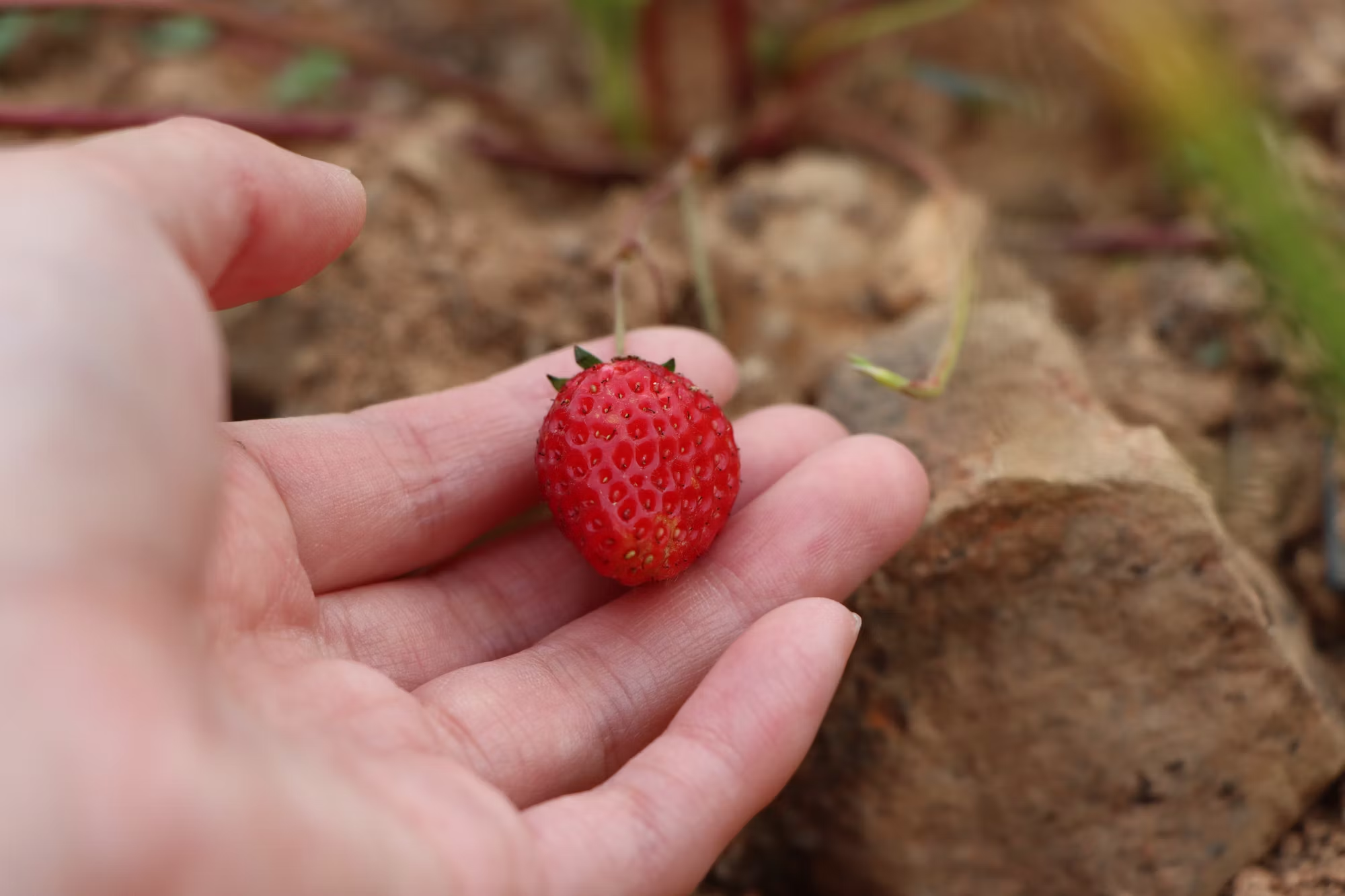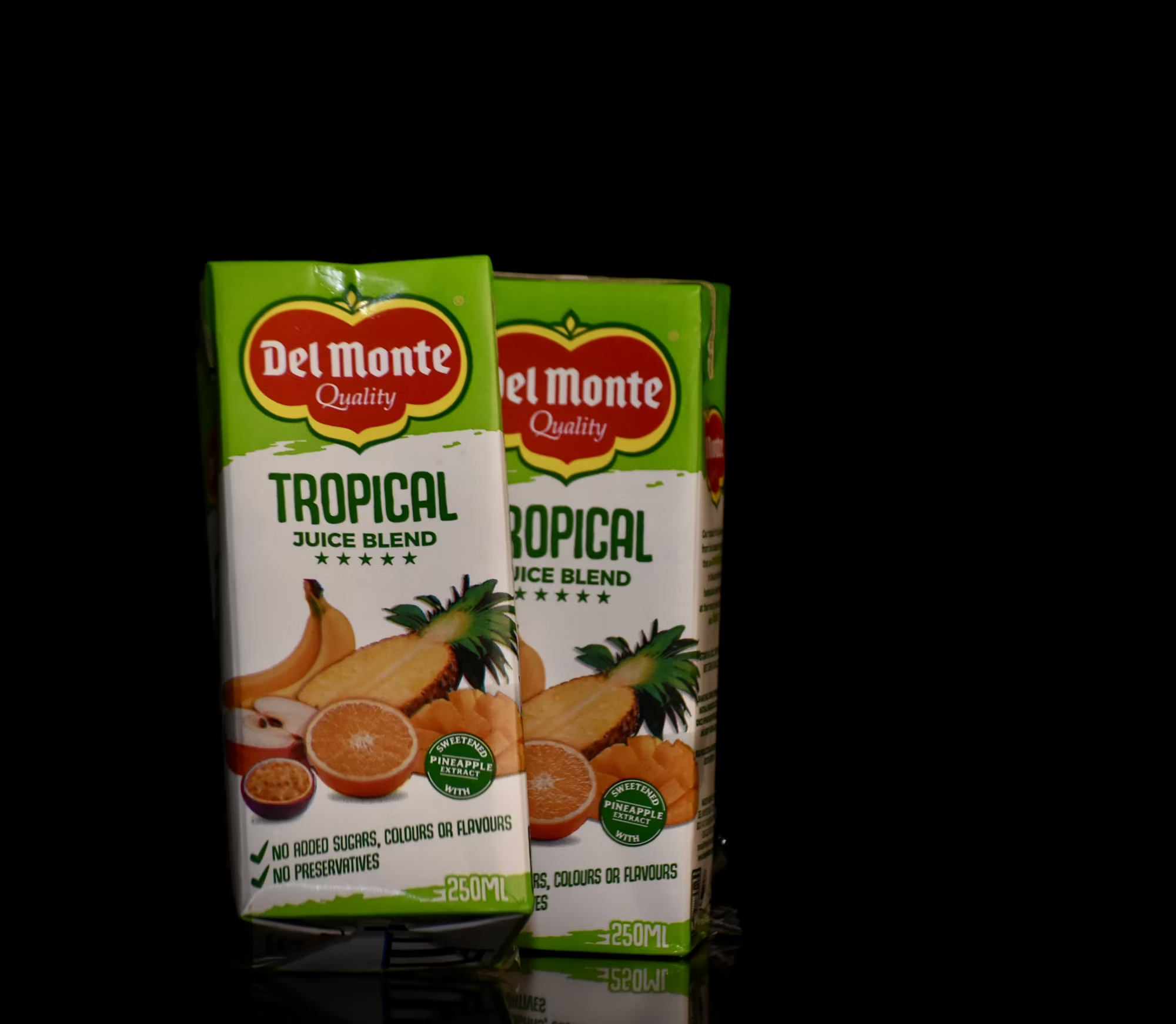In recent years, plant-based proteins have gained immense popularity, not only for their health benefits but also for their positive impact on the environment. As more individuals seek to incorporate sustainable options into their diets, understanding the different types of plant-based proteins, their nutritional profiles, and how to prepare them is essential. This article explores the world of plant-based proteins, offering insights into their benefits, culinary techniques, and tasty recipes to try at home.
Understanding Plant-Based Proteins
Plant-based proteins come from a variety of sources, including legumes, nuts, seeds, grains, and soy products. These proteins are essential for maintaining muscle mass, supporting metabolic functions, and promoting overall health. Unlike animal proteins, plant proteins often come with additional benefits such as fiber, vitamins, and minerals, making them a nutritious choice.
Common sources of plant-based proteins include:
1. Legumes: Beans, lentils, and peas are rich in protein and fiber, making them filling and nutritious. They can be used in a variety of dishes, from soups to salads.
2. Nuts and Seeds: Almonds, chia seeds, flaxseeds, and hemp seeds provide healthy fats along with protein. They can be eaten raw, added to dishes, or used to make nut butters and dairy alternatives.
3. Whole Grains: Quinoa, farro, and barley are not only good sources of carbohydrates but also contain protein. Incorporating these grains into meals enhances both texture and nutritional value.
4. Soy Products: Tofu, tempeh, and edamame are excellent sources of complete protein, providing all essential amino acids. They are versatile ingredients that can be used in a variety of cuisines.
Nutritional Benefits of Plant-Based Proteins
Plant-based proteins offer numerous health benefits. They are generally lower in saturated fats and cholesterol compared to animal proteins, which can contribute to heart health. The high fiber content found in legumes and whole grains aids digestion and helps maintain healthy blood sugar levels.
Moreover, consuming plant-based proteins can help reduce the risk of chronic diseases such as obesity, diabetes, and certain types of cancer. They also support weight management, as they tend to be more filling, leading to reduced overall calorie intake.
Culinary Techniques for Plant-Based Proteins
When cooking with plant-based proteins, various techniques can enhance flavors and textures. Here are some methods to explore:
– Marinating: Marinating tofu, tempeh, or seitan before cooking adds depth of flavor. Use a mixture of soy sauce, garlic, ginger, and your favorite spices for a delicious infusion.
– Grilling: Grilled vegetables and plant-based proteins create a smoky flavor that adds excitement to meals. Skewers of marinated tofu and bell peppers are a perfect option for summer barbecues.
– Baking: Incorporate legumes into baked goods, such as chickpea brownies or black bean cookies, to increase protein content while maintaining moisture.
– Blending: Use legumes and nuts to create creamy sauces and dips. Hummus, made from chickpeas, is a popular choice that pairs well with vegetables and whole-grain pita.
Delicious Recipes to Try
To help you get started on your journey with plant-based proteins, here are a few tasty recipes:
1. Chickpea Salad:
– Ingredients: 1 can of chickpeas, diced cucumbers, cherry tomatoes, red onion, parsley, lemon juice, olive oil, salt, and pepper.
– Instructions: Rinse and drain the chickpeas. In a large bowl, combine chickpeas, cucumbers, tomatoes, onion, and parsley. Drizzle with lemon juice and olive oil, then season with salt and pepper to taste.
2. Tofu Stir-Fry:
– Ingredients: Firm tofu, mixed vegetables (bell peppers, broccoli, carrots), soy sauce, garlic, ginger, and sesame oil.
– Instructions: Press the tofu to remove excess moisture, then cut into cubes. Heat sesame oil in a pan, add tofu, and sauté until golden. Add vegetables, garlic, and ginger, then stir in soy sauce. Cook until vegetables are tender-crisp.
3. Quinoa and Black Bean Bowl:
– Ingredients: Cooked quinoa, black beans, corn, avocado, lime juice, cilantro, and spices.
– Instructions: In a bowl, mix cooked quinoa, black beans, corn, diced avocado, lime juice, and chopped cilantro. Season with cumin, salt, and pepper to taste. Serve chilled or at room temperature.
4. Peanut Butter Energy Bites:
– Ingredients: Rolled oats, peanut butter, honey, chia seeds, and chocolate chips.
– Instructions: In a bowl, combine oats, peanut butter, honey, chia seeds, and chocolate chips. Mix until well combined. Roll into small balls and refrigerate for at least 30 minutes before serving.
The Rise of Plant-Based Diets
The trend towards plant-based eating is growing, driven by health, environmental concerns, and ethical considerations. Many people are adopting flexible dietary patterns, incorporating more plant-based meals while still enjoying occasional animal products. This approach, often referred to as “flexitarianism,” allows individuals to reap the benefits of plant-based eating without making drastic lifestyle changes.
Restaurants and food companies are also responding to this trend by offering innovative plant-based menu options. From meat substitutes like Beyond Meat and Impossible Burger to creative vegan dishes, there are more choices than ever before for those looking to explore plant-based eating.
Sustainability and Environmental Impact
In addition to health benefits, choosing plant-based proteins can significantly reduce one’s carbon footprint. The production of plant-based foods generally requires fewer resources, such as water and land, compared to raising livestock. By opting for plant proteins, consumers contribute to a more sustainable food system.
Supporting local agriculture and seasonal produce also enhances sustainability. Purchasing from local farmers not only reduces transportation emissions but also promotes biodiversity and local economies. Emphasizing whole foods over processed options further aligns with a sustainable lifestyle.
Conclusion
Incorporating plant-based proteins into your diet offers a myriad of health benefits while also promoting environmental sustainability. With a wide variety of delicious options and recipes available, there’s never been a better time to explore the culinary world of plant-based eating. Whether you are fully embracing a plant-based lifestyle or simply looking to add more nutritious options to your meals, the journey promises to be both satisfying and rewarding. As we move towards a more conscious approach to food, embracing plant-based proteins is a step in the right direction for both personal health and the planet.





